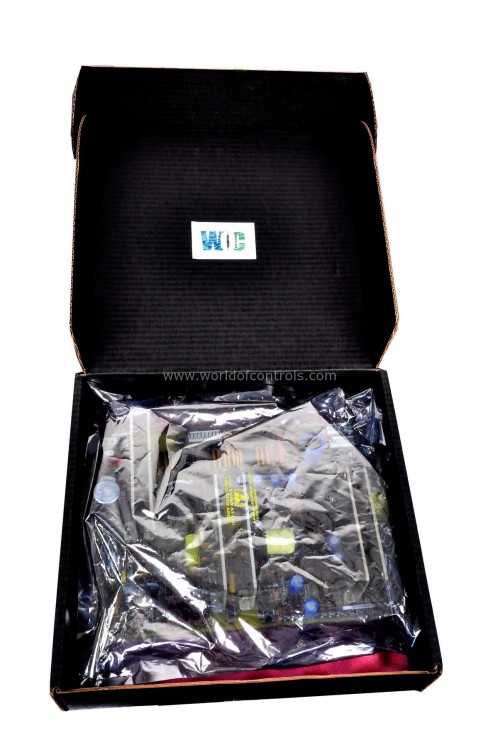
World Of Controls understands the criticality of your requirement and works towards reducing the lead time as much as possible.
DS200GHDQF1CBC - Software EPROM Set is available in stock which ships the same day.
DS200GHDQF1CBC - Software EPROM Set comes in UNUSED as well as REBUILT condition.
To avail our best deals for DS200GHDQF1CBC - Software EPROM Set, contact us and we will get back to you within 24 hours.
Part No.: DS200GHDQF1CBC
Manufacturer: General Electric
Country of Manufacture: United States of America (USA)
Storage temperature: -40 to 85oC
Relative humidity: 5 to 95 percent, no-condensing
Product Type: Software EPROM Set
Availability: In Stock
Series: Mark V
DS200GHDQF1CBC is a Software EPROM Set developed by GE. It is a part of Mark V control system. EPROMs utilize an array of Floating-Gate transistors. These transistors feature an isolated gate, allowing for programmable control over the channel conductivity. To program a bit (0 or 1), a high voltage is applied to the selected transistor's source and drain terminals. This creates a strong electric field, forcing electrons through the thin gate oxide and onto the floating gate. Crucially, the high insulation of the oxide layer traps these electrons, preserving the programmed state even after power loss.
The WOC team is always available to help you with your Mark V requirements. For more information, please contact WOC.
What is DS200GHDQF1CBC?
It is a Software EPROM Set developed by GE under the Mark V series.
What is the main purpose of pulse rate inputs?
Pulse rate inputs are used to monitor the speed of a turbine shaft with the help of magnetic speed sensors.
How many speed sensors can a Simplex system handle?
A Simplex system can work with up to three speed sensors.
What are the capabilities of the Mark V system?
The Mark V system can interface with either standard passive or optional active speed sensors. These sensors have a wide operational range, detecting speeds as low as 2 RPM, allowing the system to determine if the turbine is stopped or on turning gear. It can monitor six magnetic speed sensors in total (two connected to each R, S, and T controllers) and might have an additional sensor paralleled to all three for redundancy.